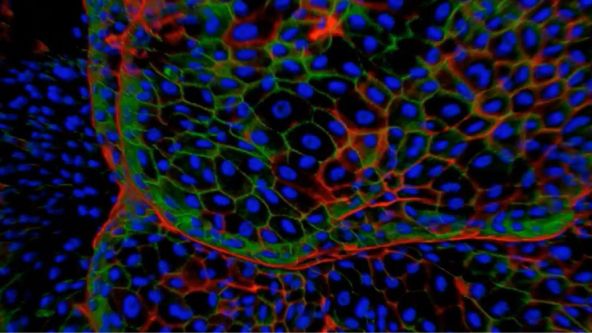Parlez à nos experts
Bienvenue sur le portail « Parlez à nos experts », votre portail unique pour toutes vos demandes relatives aux solutions de microscopie appliquées aux sciences de la vie. Rejoignez nos experts lors de webinaires en direct pour échanger sur des sujets d’actualité ou contactez nos experts à tout moment pour leur poser vos questions et leur exposer les défis auxquels vous faites face. Vous avez raté un webinaire ? Pas de soucis, vous pouvez le réécouter. Vous ne voyez pas de sujet dont vous aimeriez discuter ? Utilisez notre formulaire de commentaires ou contactez directement nos experts pour obtenir de l’aide.
Webinaires en direct | Webinaires à la demande | Experts
.jpg?rev=3E0D)
Objectifs de microscope : là où la magie opère
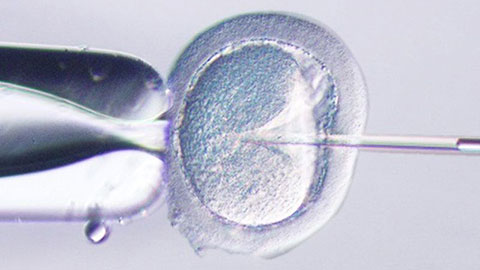
ICSI—Past, Present & Future
.jpg?rev=1940)
Traitement numérique des images, partie 2 : filtre de traitement d’image perfectionné
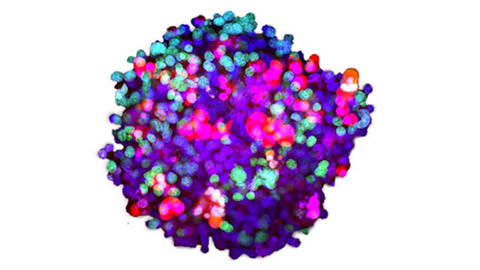
Analyse tridimensionnelle à haut débit d’images d’organoïdes et de sphéroïdes dérivés de patients
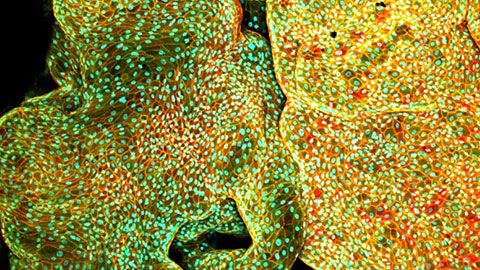
Depth Matters: Transforming Biology for More Realistic and Meaningful Pursuits
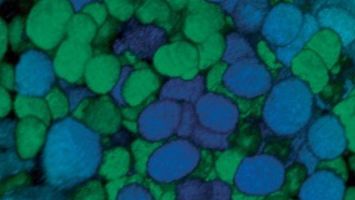
Olympus Organoid Conference 2021
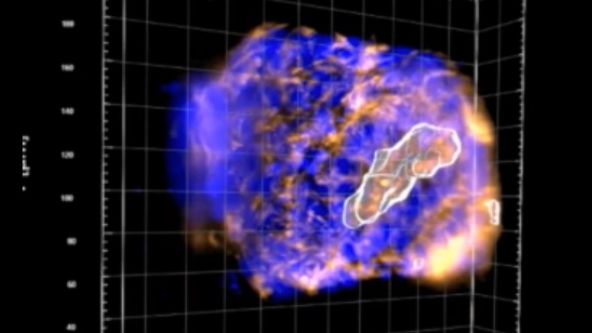
Culture and Quantitative 3D Imaging of Organoids: Challenges and Solutions
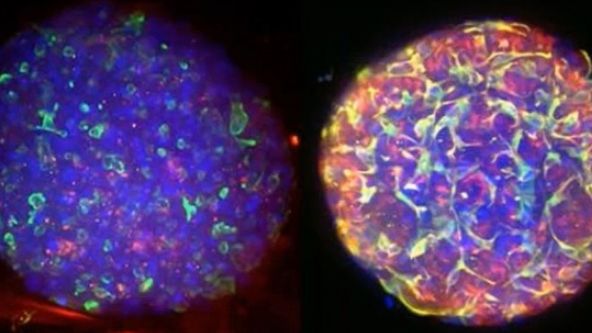
Converting from 2D to 3D: Bio-Techne Solutions for Your 3D Culture

Utilizing Tumoroids to Explore Anti-Tumor Immunity in Rectal Cancer

Tissue Optical Clearing Imaging: From In Vitro to In Vivo
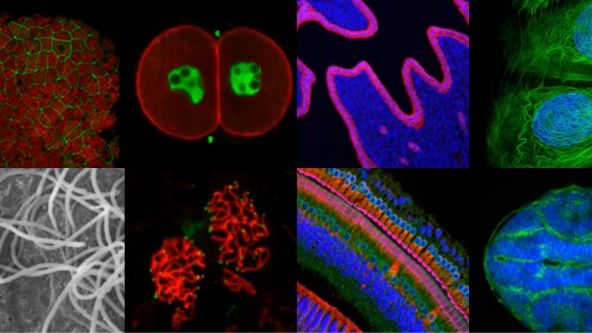
3D Microscopy: Understanding the Give and Take on Instrument Performance to Enable Informed Decisions
